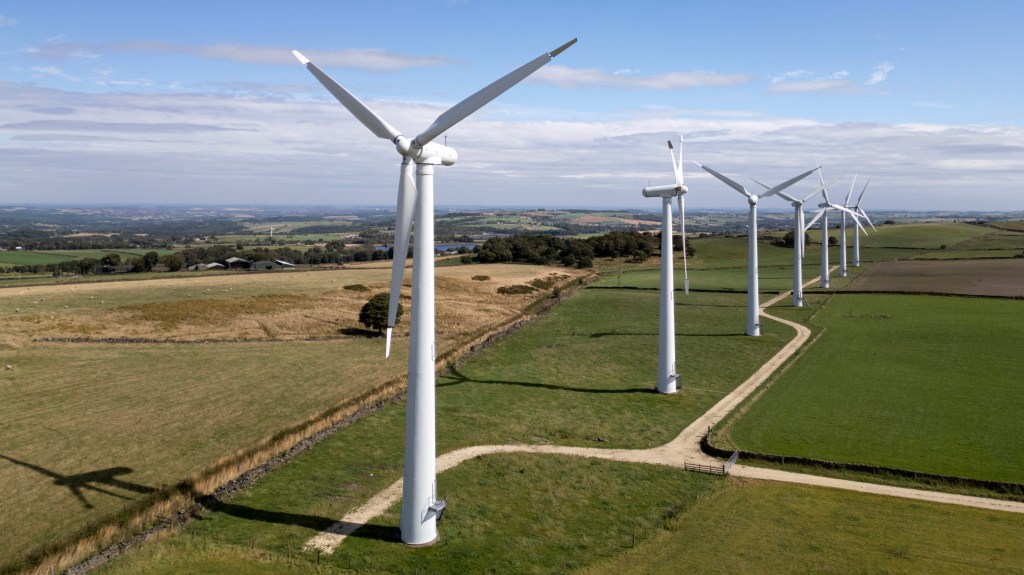The Advantages of Leading Pioneering Architecture at Its Peak
Taking on the project of constructing the 220,000 sq ft US embassy in Moscow was a trial by fire for Susan Klumpp Williams, a then 33-year-old project manager at HOK, a prominent American architecture firm.
The embassy building, which cost about $270 million, was demolished in 1989 due to electronic surveillance devices found in its walls and ceilings. “The project was very complex due to stringent measures. We had to work in highly specialized spaces, and I had to learn all the security protocols on top of project management basics,” said Klumpp Williams, now 68.
Her hard work paid off. After advancing through the ranks at HOK and leading other notable projects like the FBI Laboratory headquarters in Virginia, she now co-heads the company with Eli Hoisington as co-chief executive officers.
Their leadership was announced last April, following the passing of their long-serving predecessor, Bill Hellmuth, at 69. Klumpp Williams, who worked with Hellmuth for 30 years as the managing principal of the Washington DC office, said his passing deeply affected her. “We knew each other very well,” she stated. “He was the designer in the Washington office, and we were a team. His passing is incredibly sad. Bill was vibrant, energetic, and loved working in design and with our clients.”
Hellmuth suggested that Klumpp Williams and Hoisington lead HOK together. “When he became ill, he told me, ‘I have an idea to team up Eli, who is a designer, with you on the management side. Our goal is to make everything seamless to ensure employees know they are in good hands with stable leadership.’”
Klumpp Williams believes having a co-CEO will prevent burnout. “Statistics show that CEOs last about five years. The co-CEO structure allows us to share the workload. Eli focuses on designing buildings and working with his practice, and I manage my region. Sharing travel duties also helps with work-life balance,” she said.
Female chief executives remain rare in architecture. A 2022 dezeen study found only three of the world’s top 100 architecture firms were led by women, and only two had management teams over 50% female. “Being a role model for women in the company is great,” said Klumpp Williams, who noted she had no female role models during her rise.
“The field was very male-dominated. Women would have children and not return. If their career progress stalled, they grew frustrated and left, started their own firms, joined smaller businesses, or changed industries,” she observed.
Klumpp Williams has two children aged 20 and 22 and frequently advises junior female staff on balancing career and family. “You need a supportive spouse, which I was fortunate to have. I am also very organized and manage my time well. I don’t spend time chatting in the kitchen because that would mean working late into the night, which I avoid.”
During her five-day visit to London, Klumpp Williams toured the Crick Institute, one of Europe’s largest biomedical and research centers designed by HOK. She noted that science and technology spaces are a growing business segment for HOK in the UK. “Right facilities can speed up market delivery of breakthroughs like vaccines,” she emphasized. She also expressed pride in the Advanced Research Cluster at Glasgow University.
Commercial projects, however, remain a challenge post-pandemic, especially in the US. “We are experiencing high vacancy rates and a reluctance to return to the office. This sector will rebound, but probably not next year,” she said. “HOK’s strength lies in our market and geographic diversity: when one sector is down, another one is thriving.”
One thriving sector is music and sports venues. HOK recently renovated AO Arena in Manchester, increasing its capacity to 23,000. Klumpp Williams has a particular interest in sports stadiums, noting her favorite project as the Nationals Park baseball stadium in Washington DC, which opened in 2008.
Notably, she ensured the Nationals Park was built to LEED Silver standards for sustainability, despite this not being in the original plans or budget. Achieving this required collaboration with builders, planners, and financiers, making it the first professional sports venue in the US to receive LEED certification.
The stadium’s opening day is a cherished memory for Klumpp Williams. “With 40,000 cheering fans, it was a moment of triumph. Finally, baseball was back in Washington DC, and the crowd’s joy was unforgettable,” she recalled.




Post Comment